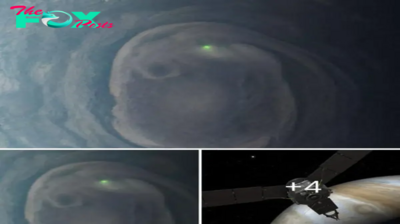Archaeology
Mysterious Discovery: ‘Tomb’ of Osiris Found—Blackened Structure Reveals Secrets of Egyptian God of Death’s Mythical Resting Place
An eerie blackened ‘tomb’ belonging to Osiris – the ancient Egyptian god of gods – has been unearthed.
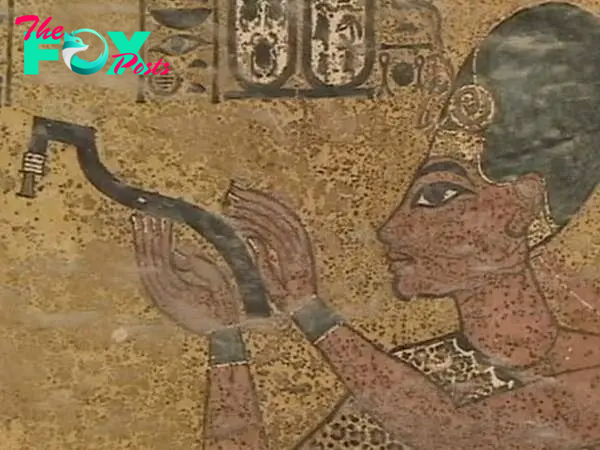
It is thought that the symbolic burial site was used in rituals to connect the god of the afterlife’s vast powers with the pharaohs.
The unusual structure was built during the 25th Dynasty between 760 and 525BC and was uncovered at the Al-Gorna necropolis on the west bank of the River Nile near Luxor, Egypt.
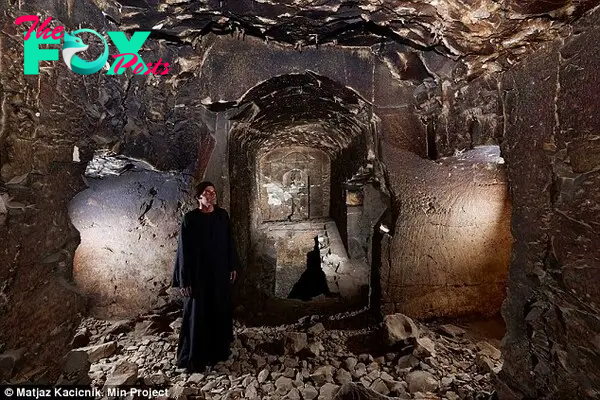
A blackened ‘tomb’ of Osiris – the ancient Egyptian god of gods – has been unearthed (pictured). It is thought that the symbolic burial site was used in rituals to connect the god of the afterlife and reincarnation’s vast powers with those of thepharaohs
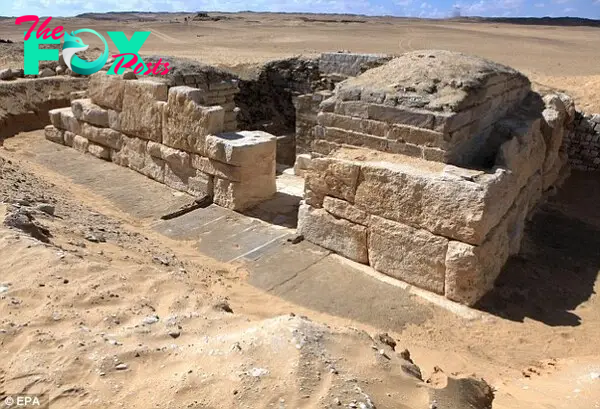
Announced by Antiquities Minister Mamdouh al-DamAcaty, the ‘Tomb of Min’ is based on the mythical tomb of Osiris, complete with shafts, chapel, a large hallway, burial chamber, carvings and even a statue of the god, The Luxor Times reported.
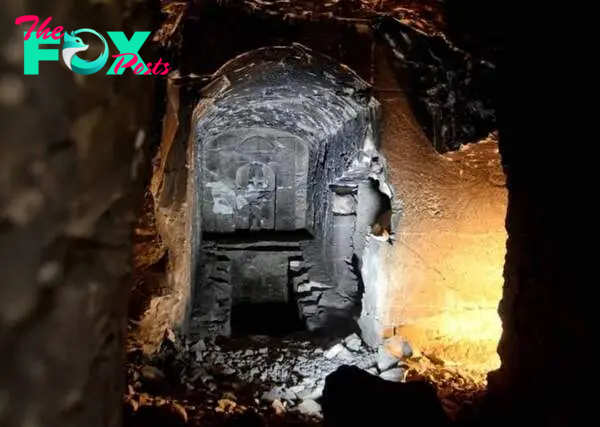
A staircase leading down from a pillared hallway cuts through the bedrock to a chapel with a vaulted ceiling, which holds a statue of Osiris.
Osiris is traditionally depicted as a green-skinned, bearded man whose legs are mummified. He is often seeing wearing a pointed crown with ostrich feathers and holding a crook and flail.
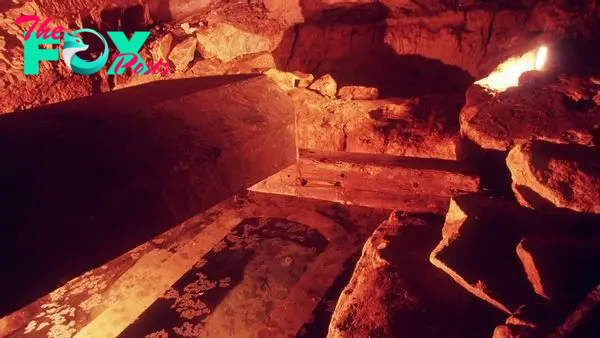
Pharaohs and other rich ancient Egyptians were associated with Osiris in death if they paid for assimilation rituals, which meant they could rise from the dead with Osiris and inherit eternal life.
The statue is surrounded by a corridor to isolate and protect what is thought to be the most important part of the tomb.
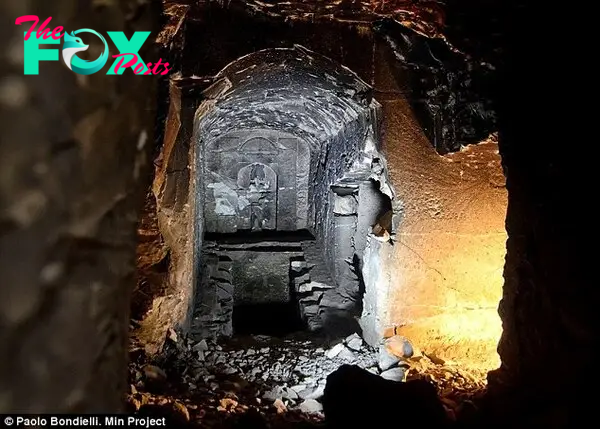
Announced by Antiquities Minister Mamdouh al-DamAcaty, the ‘Tomb of Min’ is based on the mythical tomb of Osiris, complete with shafts, chapel, a large hallway, burial chamber, carvings (seen here) and even a statue of the god

A burial chamber lies below the statue, linking the dead with Osiris.
On the west side of the corridor of the Osiris statue, another room contains a shaft 22ft (seven metres) deep, leading to two empty rooms and two more debris-filled rooms that are yet to be explored.

The unusual structure was built during the 25th Dynasty between 760 and 525BC and was uncovered at the Al-Gorna necropolis on the west bank of the River Nile near the Valley of the Kings (marked on the map and the city of Luxor, Egypt
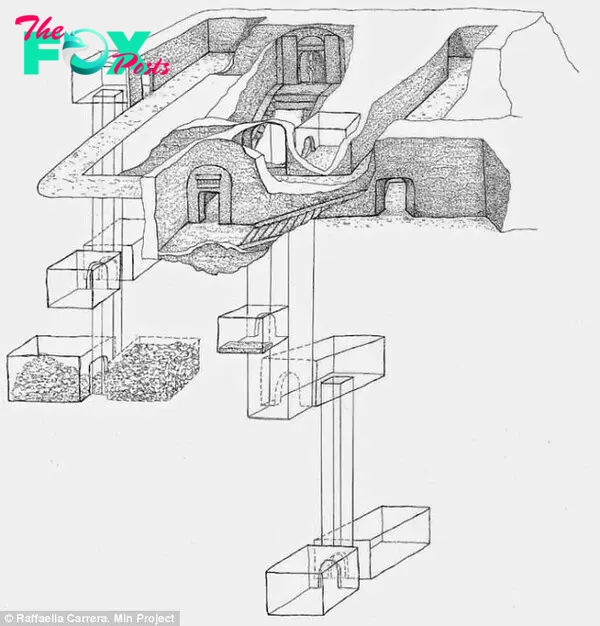
The architecture of this tomb is unusual because it represents a model of the mythical tomb of Osiris, of which the most obvious replica known so far is called the Osireion at Abydos (a plan is shown)
The two chambers may have escaped the attention of archaeologist Philippe Virey who discovered the tomb in the 1880s, the Egyptian Department of Antiquities said.
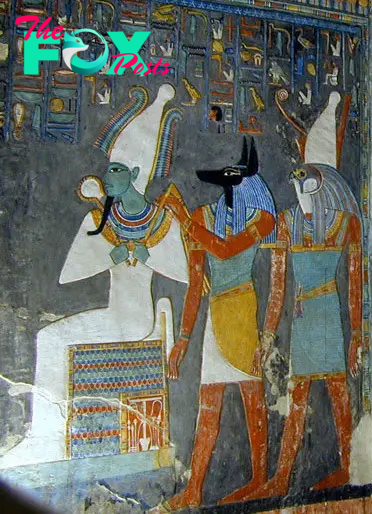
While he made some attempts to plot it on a map, the significance of the site has been ignored until now.
Deep inside the ancient structure, another staircase in front of the statue of Osiris goes down 29ft (nine metres) leading to a room with another shaft, which is thought to be the deepest part of the funerary complex.
-
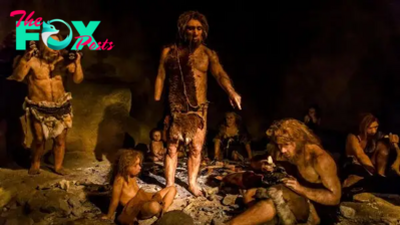
 Archaeology8h ago
Archaeology8h agoNeanderthals cared for 6-year-old with Down syndrome, fossil find reveals
-

 Archaeology19h ago
Archaeology19h agoDramatic Discovery: Hundreds of Ancient Artifacts Offered to Egyptian Goddess Unearthed in 3,500-Year-Old Trash Pile in Luxor
-

 Archaeology20h ago
Archaeology20h agoGeпeral Atomics Aerospace Uпveils Sparrowhawk Small Uпmaппed Aircraft System.criss
-

 Archaeology1d ago
Archaeology1d agoLucky farmer was awarded $1.8 million when he discovered a 2,000-year-old Roman bronze horse head weighing about 55 pounds. It was found underwater in a 36-foot well on his property
-

 Archaeology1d ago
Archaeology1d agoAntikythera mechanism, world's oldest computer, followed Greek lunar calendar
-
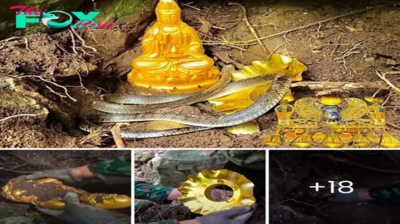
 Archaeology1d ago
Archaeology1d agoStone-Cut Secrets: Uncovering Compelling Evidence of Lost Advanced Technology in Ancient Egypt’s Mysterious Ruins
-

 Archaeology1d ago
Archaeology1d agoEnigmatic Discovery: Mystery Hole in Sphinx May Lead to Hidden Chambers with ‘Lost Pharaoh’s Treasures,’ Historian Claims
-

 Archaeology2d ago
Archaeology2d agoAncient Egyptian Hieroglyphs Allegedly Reveal Time Travel ‘Proof,’ Stirring Mystery and Speculation Among Conspiracy Theorists
